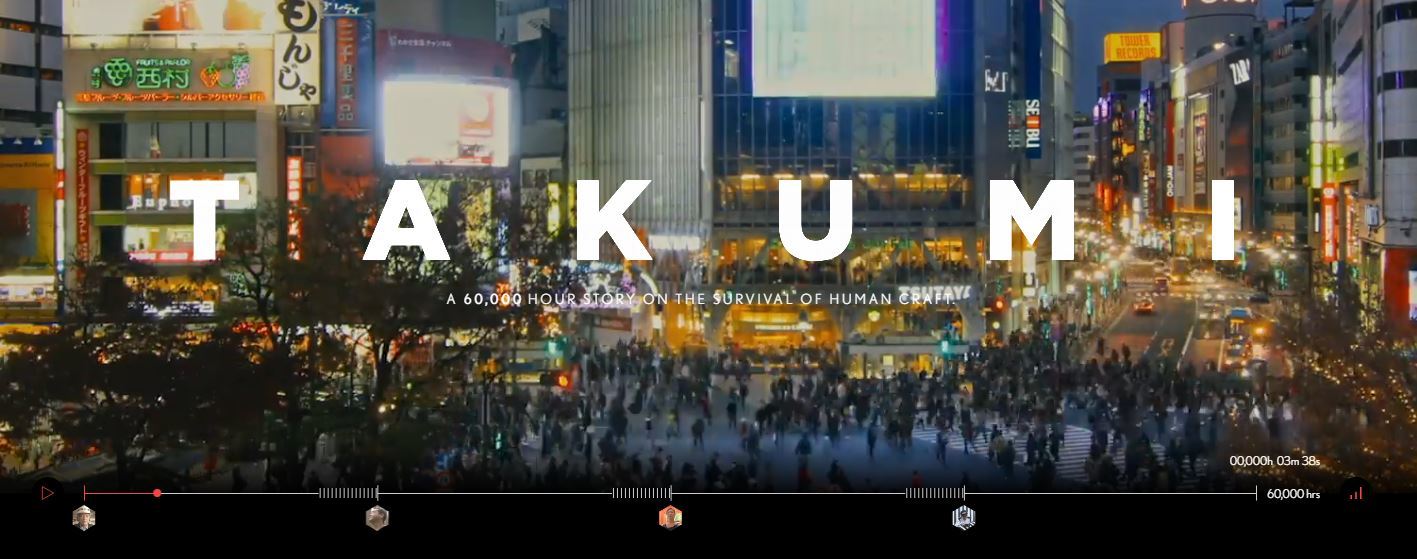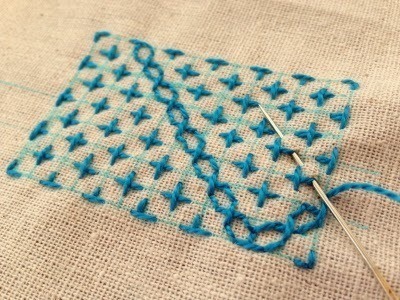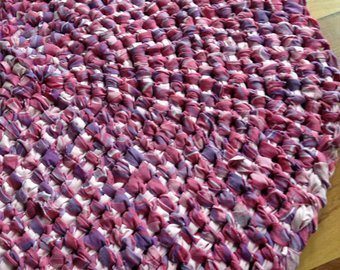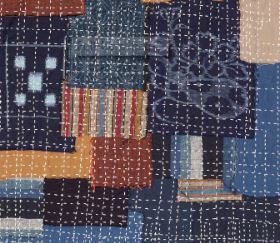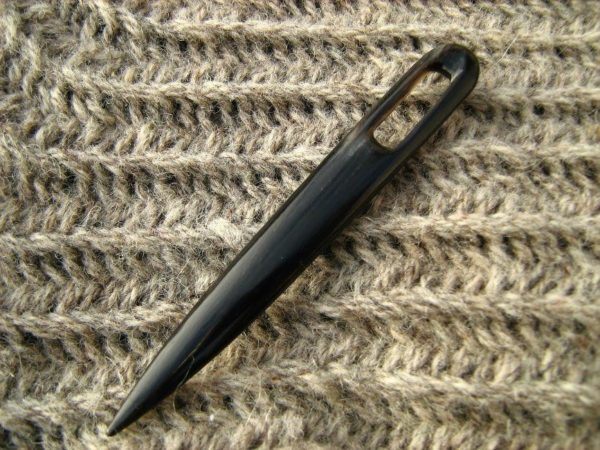Japanese Takumi Documentary
A real-time documentary about craft meant to be sped up by the viewer.
“Artificial intelligence can learn in an instant what a human learns over a lifetime. It is developing so rapidly that by 2050 machines will outperform humans in virtually every field. Will human craft disappear, as artificial intelligence reaches beyond our limits, or will this cornerstone of our culture survive and become more valuable than ever?”
A newly released and freely available documentary explores the importance of craftsmanship in a computer-driven world.
The Lexus team behind the documentary Takumi: A 60,000 Hour Story on the Survival of Human Craft has created a newly formatted way of watching a movie online, which they hope gives a sense of the human work needed to become proficient in a craft.
The premise behind the movie is to match the length of the film to the time it takes to become a Master Craftsperson, or Takumi. That time is estimated to be 60,000 hours. The documentary features four craftspeople: a carpenter, a foraging chef, a paper-cutting artist, and an engineer (who works for Lexus).
We get to see the skill that goes into learning a craft, and we’re offered some wonderful insight into the importance of craft-making from a curator, a journalist/programmer, and a futurist.
“The origins of craft are really the origins of human civilization. Craft has really always existed. Since humankind has existed we’ve been creating things, mostly objects of utility. Up until the Industrial Revolution all things were created by hand. All things were probably considered craft. So, from that point forward, towards the late 19th century on to today, it’s really been a different world.”
Nora Atkinson, Smithsonian Curator of Craft
The documentary is formatted into four sections. It’s important to pay attention to the timeline at the bottom of the screen for an optimal viewing experience, because there are three parts in the first three sections which are not meant to be watched from beginning to end in real time.
In each of the first three sections, we see a biographical overview of a craftsperson, followed by footage of them working at their craft.
Lexus has created a version of the documentary which uses repeated footage to fill out the 60,000 hours (20,000 hours' worth in each of the first three sections), which is a more conceptual rather than practical documentary experience.
There are three ways to explore the documentary film and footage – which ultimately drives home the idea that handmade items are special, and craftspeople with hours’ worth of expertise are essentially not replaceable by machines and artificial intelligence.
The first way to tackle this project is to watch the trailer, below.
The second way is to watch the movie (link below), and use the space bar to fast-forward through the footage of the Takumi practicing their craft.
When you get to the documentary website, you’ll need to press the space bar to begin the movie. Then, when you see a series of vertical lines on the timeline at the bottom of the screen area, you have the option of speeding through this footage. (See screenshot below.) If you press the space bar at these vertical sections, the timeline will expand horizontally and the footage will be sped up. This sped-up footage represents 20,000 hours’ worth of craft-making. When you see a portrait icon, let go of the space bar to watch the biographical section about the next Takumi featured.
Finally, stills and summary texts can be accessed through the "Meet the Takumi" link at the top of the screen.
Here's a link to the documentary: Takumi: A 60,000 Hour Story on the Survival of Human Craft
You might also like to explore our posts about American Craftspeople and American basket-makers.
Having fun with new and traditional crafts, art, design, DIY, and freebies.
TRENDING & POPULAR
FREE ART BOOKS ONLINE Start your own free collection of art books from three major museums.
DISCOVER SASHIKO STITCHING Learn how to make traditional Japanese decorative stitches for quilting, mending, and upcycling.
BILUM Discover a fabric-making technique used in Papua New Guinea that can be used to make bags and dresses.
HOW TO MAKE AN AMISH RAG RUG There's no sewing required to make this traditional homemade crafted item.
35,000 FREE KNITTING & CROCHETING PATTERNS Use our easily searchable list to find free patterns by Rowan, Vogue, Lion Brand, Berroco, and more.
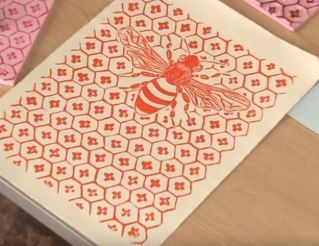
HOW TO MAKE A LINOLEUM BLOCK PRINT Watch how-to videos for beginners explaining the basic step-by-step process of making a linoleum block print.
HOW TO MAKE A BORO BAG Learn how to make a stand-out bag using a Japanese patchwork technique and Sashiko stitching.
'KNIT' LIKE THE VIKINGS Discover an ancient fabric-making technique that's still done today, pre-dates knitting, and doesn't unravel.
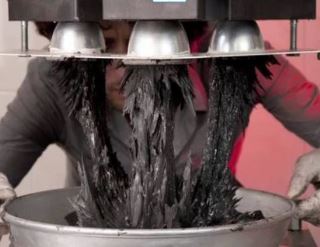
MAGNETIC CLAY CERAMICS Ceramic artists working with magnetic clay can play with the forces of nature to create fantastical structures.


